We all have habits we wish we could break. Maybe you want to quit smoking, stop biting your nails, or kick a late-night snacking habit.
Changing behaviors can be really difficult, but with determination and the right techniques, it is possible to break bad habits for good.
I learned this the hard way when I was trying to break my social media addiction. I would mindlessly scroll for hours, losing precious time I could have spent working, on hobbies, friends, or just quiet contemplation.
When I finally made the decision to curb this bad habit, it was a major struggle. But after some relapses, I now feel in control of when and how much time I spend online.
The path wasn’t linear, direct, or always pleasant, but I’m happy about the progress I’ve made. And I want to share what I learned to help you conquer your bad habits as well.
This guide covers everything you need to know, from understanding habit cues to preventing relapse and maintaining long-term change. Let’s get started!
How Do Habits Form in the First Place?

Before learning how to break habits, it helps to understand why they form and persist.
According to neuroscientist Russell Poldrack, habits originate when the brain starts associating a “cue” with a “reward.”
For example, the allure of fresh gossip and likes serves as your “reward” for mindlessly checking social media.
The cue could be boredom, waiting in line, or picking up your phone.
Over time, the cue-reward connection strengthens to the point where seeking out the reward becomes automatic.
“This pathway tends to become stronger when the habit is repeated,” says Poldrack, professor of psychology at Stanford University. “The process of strengthening this connection we call neuroplasticity.”
Stanford University
This is also why habits can be so difficult to break once they become entrenched. Your brain has literally rewired itself around the habit and craves the dopamine hit delivered by the associated reward.
So when it comes to changing behaviors, you need to identify the cues triggering unwanted habits, disrupt the associated neural pathways, and resist those strong reward-seeking urges.
It’s by no means easy, but very possible with commitment to new, healthier routines.
Why Do You Want to Break These Bad Habits in the First Place?
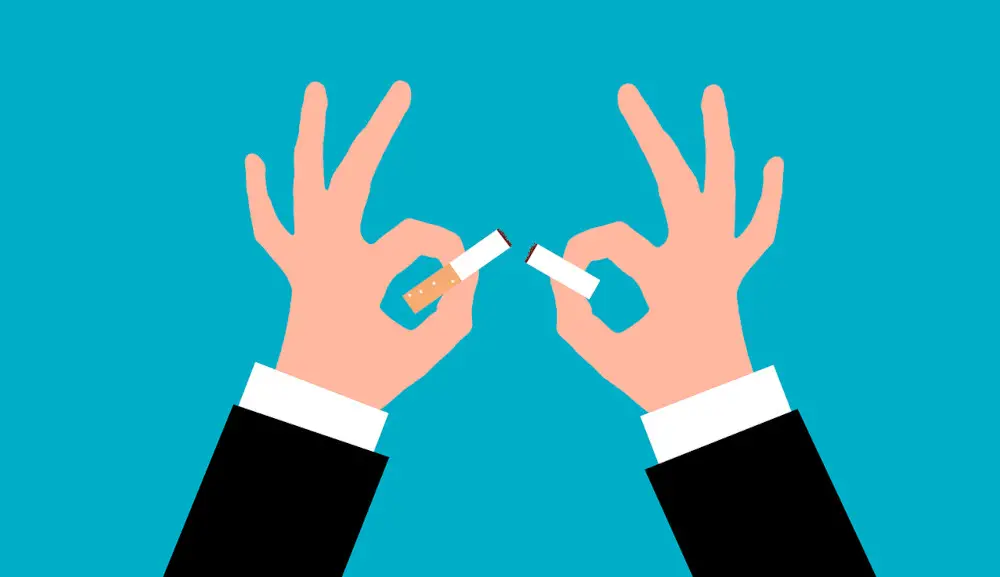
Before diving into tactics for change, it’s important to understand your motivation and exactly why you want to kick your bad habits.
Are they taking a toll on your mental health? Perhaps worsening existing medical issues? Wreaking havoc on relationships?
Identifying the specific negative impacts can strengthen your resolve when those ingrained urges arise.
My friend Nathan would bite his nails compulsively, sometimes until they bled. It was not only painful physically but also made him feel ashamed and out of control. He realized the habit stemmed from anxiety and that managing stress could help curb it.
You might want to quit smoking to improve lung function, break a shopping addiction to save money or stop procrastinating to achieve career goals.
Understanding the “why” gets at the heart of habit change. When you know how a behavior conflicts with your deeper values and vision for life, it’s easier to withstand the discomfort of breaking away.
How Long Does It Take to Break a Habit?

Unfortunately, there is no universal timeline for replacing bad habits with good ones. Experts believe it takes an average of 66 days to cement new habits.
However, that figure will vary widely based on factors like:
- The strength of the original habit: Ingrained behaviors you’ve done for years are obviously tougher to change than more recent routines.
- Your self-discipline and willpower: If you have ironclad self-control, you may adapt faster than those still building mental muscle.
- Consistency practicing new behaviors: Sporadic efforts make change slower versus systematic, daily practice.
- Presence of triggers and cravings: If environmental and social cues constantly spark temptation, altering habits will take longer.
- Life stress interfering with change: Change is tough enough without simultaneous upheavals diverting your will and focus.
With commitment and support, progress can happen relatively quickly. Most of us face setbacks along the way – and that is completely normal. As long as you get back on track and learn from slip-ups. Don’t view setbacks as failures.
Expect the process to take significant time and cut yourself plenty of slack.
Identify the Cues & Rewards Driving Your Bad Habits
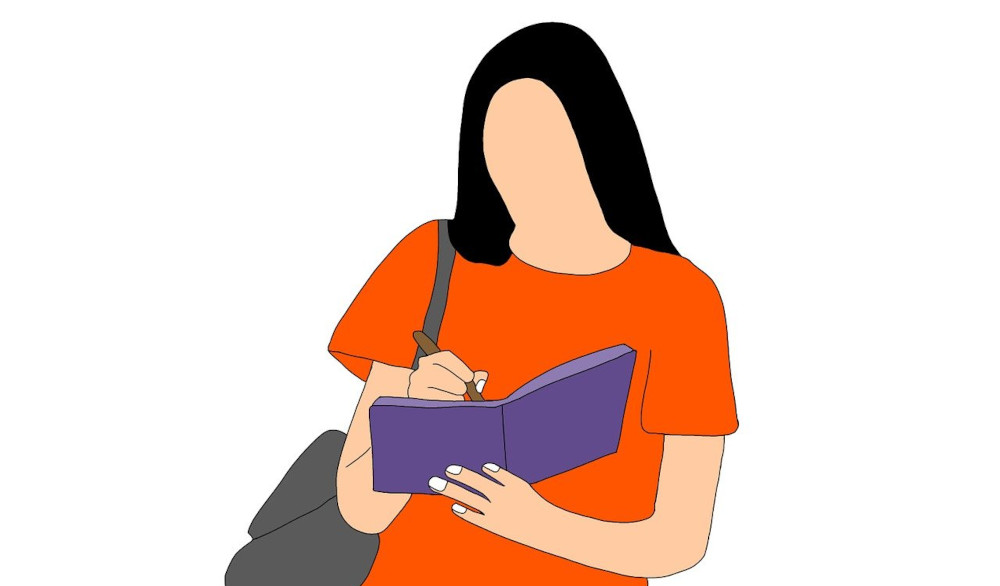
To break the automatic nature of unhealthy habits, you first need to increase self-awareness of what drives them.
When you mindfully observe behavior patterns, you can spot the environmental, emotional, social, or mental triggers setting you up to perform bad habits.
These cues might include:
- Certain places or times of day.
- Feelings like boredom, anger, or sadness.
- Interactions with specific people.
- Thoughts or memories.
Keep a habit journal to keep track of what happens directly before and after a bad habit occurs.
Take notes on both the cue and the reward it provides. For instance, my entries looked like:
Cue: Feeling bored watching TV.
Habit: Grabbed phone, and opened Instagram.
Reward: Liked photos provided a rush of dopamine.
Do this for a week or two until you spot definitive trigger patterns happening most frequently.
Getting to know these cues intimately is key so you can anticipate and consciously disrupt their power.
Swap Bad Habits for Good Ones

Once you’ve identified the context for unhealthy habits, the next step is to replace them with positive alternatives that deliver similar rewards.
This substitution approach essentially “hijacks the brain’s habit system,” says Dr. Wendy Wood, professor of psychology and business at the University of Southern California (USC).
If you worry when you’re anxious, perhaps journaling could provide that same emotional release. If retail therapy destresses you, limit shopping in favor of walking in nature or reading.
For every bad habit, generate a list of potential healthy substitutes that provide comparable satisfaction.
Make sure to choose options aligned with your personal interests and values to increase the chances they’ll stick.
I swapped mindless social media scrolling for more meaningful activities like playing my guitar, calling friends, and organizing photos from my childhood—things that energize me.
“Let the message of Christ dwell among you richly as you teach and admonish one another with all wisdom through psalms, hymns, and songs from the Spirit, singing to God with gratitude in your hearts.”
Colossians 3:16 (NIV)
biblegateway.com
Develop New Routines Around Replacements
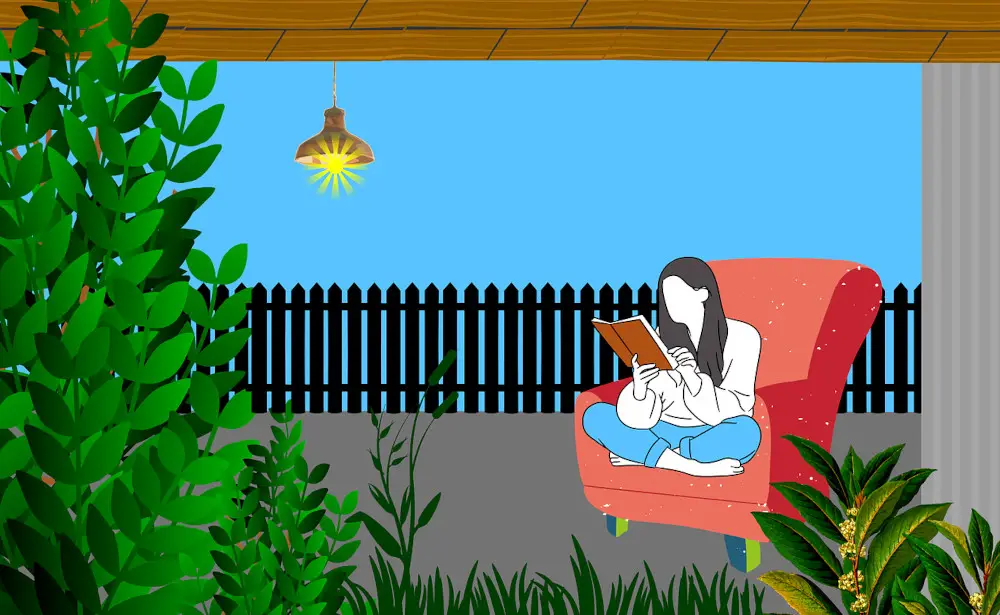
While simply swapping one action for another can help, studies confirm habits are more likely to stick when supported by creating new routines and being intentional in performing them.
Figure out when and where you’ll regularly do your new, healthy substitute habits.
For instance, I built a whole ritual around not using my phone first thing in the morning.
I’ll either sip tea on the porch and leave my phone in the living room or practice my skills on the guitar instead.
Programming replacements into your schedule makes it easier to recall and sustain these actions until they become automatic.
Also, take time to change your environment and social circles to remove old habits and temptation triggers, and support your new priorities.
Small adjustments like blocking certain websites, deleting shopping apps, or declining happy hour invitations can go a long way.
“Above all else, guard your heart, for everything you do flows from it.”
Proverbs 4:23 (NIV)
biblegateway.com
Practice Mindfulness to Cope With Cravings
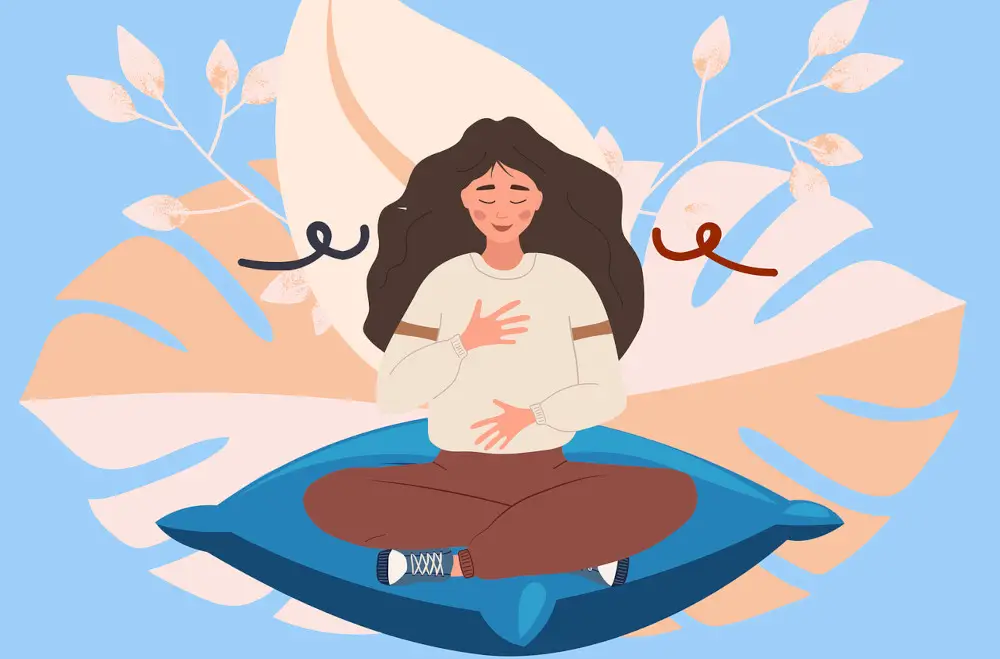
Even when you feel committed to new routines, intense urges and cravings for unhealthy habits will emerge.
Recognize these are just temporary physiological responses you can tolerate and that will subside if you ride them out.
Using mindfulness techniques helps manage these unavoidable yet fleeting discomforts:
- Urge surfing: Instead of reacting impulsively, visualize urges as ocean waves rising and falling. Notice cravings peak then fade without having to give in.
- Deep breathing: Inhale slowly from your diaphragm, hold briefly, then exhale fully. Repeat until a sense of calm returns.
- Body scans: Systematically tense then relax each muscle group to release physical tension driving cravings.
Whenever you get the itch for nail biting, scrolling social media, or other bad habits, take a few minutes for mindfulness instead of acting rashly.
This self-soothing ritual shifts energy away from destructive impulses so you stay the course.
Avoid Perfectionism & Don’t Beat Yourself Up Over Slip-Ups
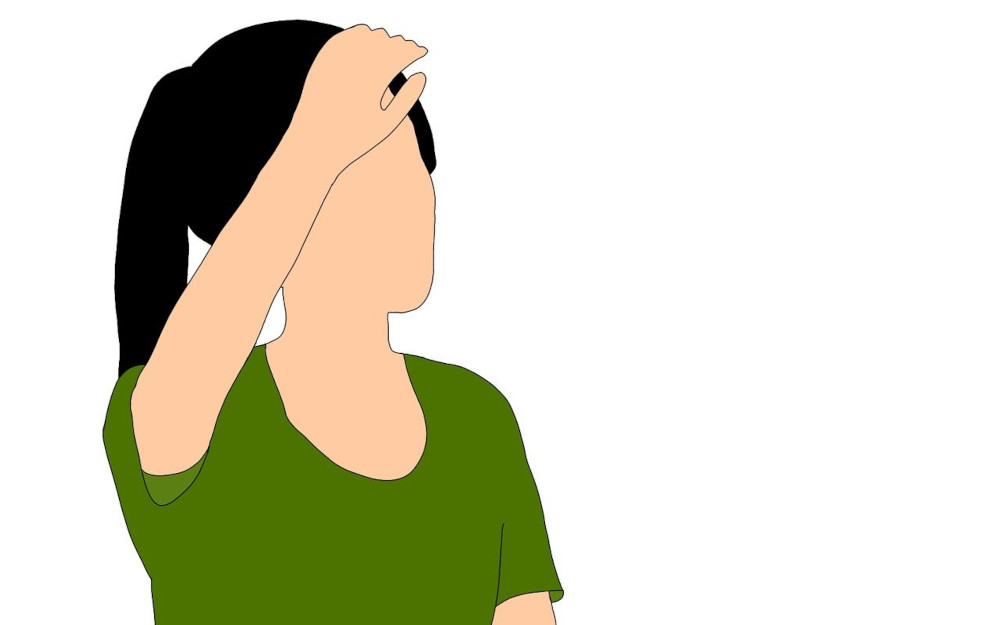
Lastly, adopt a kind, compassionate mentality toward yourself throughout the habit change process. Know that stumbling or relapsing is normal.
Progress almost never follows a straight trajectory, so expect ups and downs without self-judgment.
If you cave to an unhealthy habit once in a while, avoid negative self-talk and all-or-nothing thinking.
Instead, reflect on what cues led up to the setback and how you might strengthen your defenses next time. Then promptly resume your new routines.
Ultimately be patient and celebrate the overall upward trend instead of obsessing over periodic slip-ups.
With mindful persistence and self-forgiveness, you can break habits that once seemed impossible to shake.
“8 The Lord is compassionate and gracious, slow to anger, abounding in love. 9 He will not always accuse, nor will he harbor his anger forever; 10 he does not treat us as our sins deserve or repay us according to our iniquities. 11 For as high as the heavens are above the earth, so great is his love for those who fear him”
Psalm 103:8-11 (NIV)
biblegateway.com
Key Takeaways: Top Tips for Breaking Bad Habits
- Identify exactly why you want to stop your unhealthy habits to strengthen motivation.
- Log habit triggers and rewards in a journal to increase self-awareness.
- Substitute bad habits with new, healthy routines that deliver similar satisfaction.
- Establish schedules and environments that support the new replacement habits.
- Use mindfulness and urge surfing to withstand craving discomfort.
- Avoid perfectionism and self-criticism if you hit some bumps.
- Draw on motivational Bible verses about self-discipline and divine love.
In Conclusion
Rewiring automatic behaviors you’ve spent years reinforcing is tough, requiring commitment to endure discomfort. But taking a systematic approach – identifying habit drivers, establishing new routines, managing cravings, and practicing self-compassion during setbacks – makes success possible.
With enough diligence and patience, you can break destructive patterns that are holding you back from health and happiness.
What bad habits are you hoping to change once and for all? Which tactics shared here seem most helpful to support your process? What other advice or motivation do you still need? Share your thoughts and questions below!
Frequently Asked Questions
Q. How long does it take to form a new habit?
Q. Experts estimate it takes an average of 66 days of consistent practice before a new behavior becomes automatic. But that timeframe varies widely based on the habit, your determination, and how strictly you adhere to new routines.
Q. What happens if you suddenly drop a long-term habit?
A. When you abruptly cease habits, especially addictive ones, it can spark withdrawal symptoms like mood swings, stress, fatigue, insomnia, and general discomfort. To minimize negative impacts, gradually reduce bad habits over time.
Q. Does replacing one bad habit with another help?
A. Usually, it’s better to substitute unhealthy habits with completely positive and productive alternatives. However, some use short-term replacement habits to eventually transition to healthier long-term routines.
Q. Can medication help change habitual behaviors?
A. Prescription medications or other pharmacological therapies are sometimes used for ingrained addictions to substances like alcohol, nicotine, and opioids. Talk to your doctor about whether this extra treatment could support your habit change efforts.
Q. What’s the #1 barrier to successfully breaking bad habits?
A. Lack of self-awareness about habit triggers is arguably the biggest obstacle. If you don’t recognize cues and rewards driving behaviors, it’s near impossible to disrupt their power.
Careful self-monitoring helps illuminate what situations unconsciously pull you toward bad habits.






